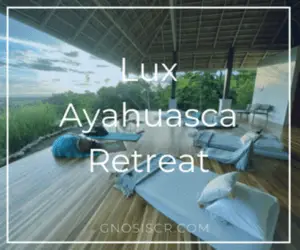There is nothing better when traveling to a place than listening to the advice of the natives. Because yes, we receive information through guides, the internet or opinions of other travelers, but it is impossible to visit all the corners of Costa Rica that they suggest.
So this time we are left with these places that the “Ticos” enjoy outside the traditional routes:
Nosara and Ostional, Surf, Yoga and Turtles
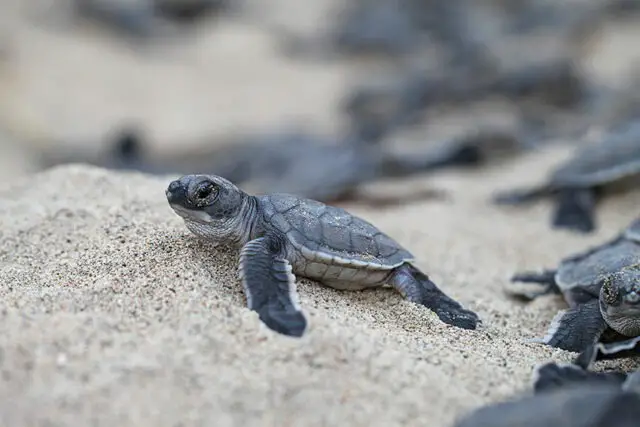
The Nicoya Peninsula, in the province of Guanacaste, is a paradise to enjoy the beach, surfing and wildlife of Costa Rica. Guiones is the main beach in the town of Nosara, 7 kilometers of bright white sand that borders Garza and Pelada where we can indulge in the bath, a nap with the sound of the waves after having one of the famous local smoothies or ride the waves on a surfboard, with good schools for more or less experienced.
Turtles in the Ostional National Wildlife Refuge
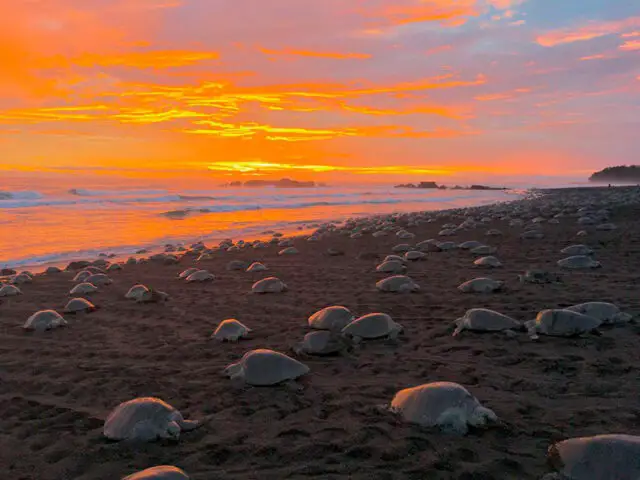
10 kilometers from the beach is the Ostional National Wildlife Refuge, the territory of the Lora, Baula and Verde turtles. Here they arrive each year to spawn between 1,000 and 200,000 of these species, depending on the season, being the second most important arrival in the world. The greatest influx takes place during the winter (from July to November), but it is in the months of September and October when the beach appears invaded by turtles. Therefore, access to the refuge can only be done with accredited guides.
Looking for the Quetzal in Dota
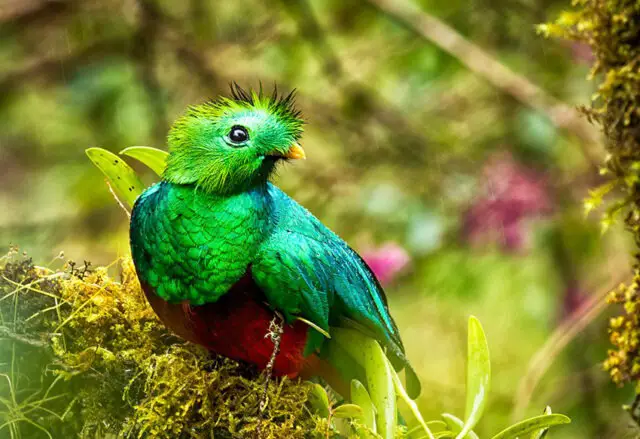
You arrive at Dota, 2 and a half hours from San José, the capital of Costa Rica to see in its cloud forest the exotic beauty of the quetzal, one of the most striking birds in the world, especially between the months of April and May, its breeding season, as its main food grows here: the avocado tree. But in this Costa Rican corner you also come to fish and taste the trout of the Savegre River and to get lost on the trails of Los Quetzales National Park, where the birds that give it its name live, but also tanagers, trogons and hummingbirds.
Celeste River and Caño Negro Refuge
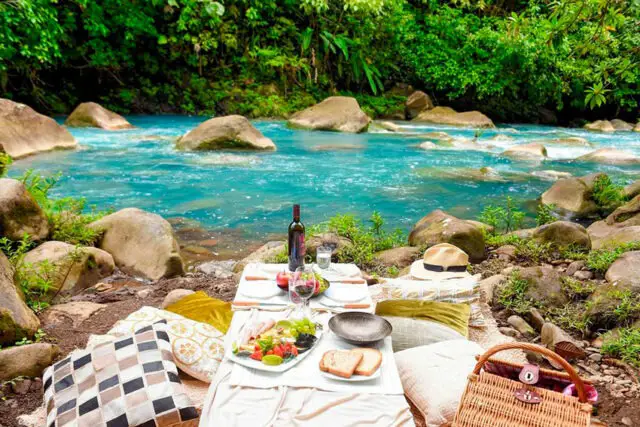
Legend has it that once God finished painting the sky, he washed his brushes in the Celeste River, one of the natural wonders of Costa Rica. But geology has another more scientific theory and explains that this particular color is due to the union of the waters of two rivers with different mineral contents coming from the slopes of the Tenorio volcano. Protected as a national park, a 7-kilometer trail shows its main attractions: dyeing, hot springs, fumaroles and a spectacular waterfall.
Rio Celeste, one of the natural wonders of Costa Rica
Less than two hours from the Celeste River is the Caño Negro Wildlife Refuge, of global importance as a wetland protection area in the north of the country. And also of wild species, many of them in danger of extinction or unique, such as the prehistoric gaspar fish, which is considered a living fossil. During the dry season, the refuge offers food to thousands of aquatic birds that come to this wetland. The ingestion of mollusks causes some of them to change the color of their plumage for more pinkish tones.
Turrialba, Adventure, Rural Tourism and Culture
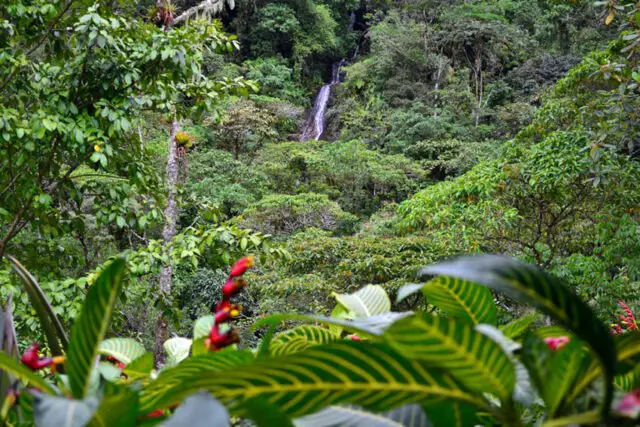
The white waters of some rivers in Costa Rica invite you to experience adventures aboard an inflatable boat, such as the Reventazón or the Pacuare River, famous throughout the world for its rafting descents. Between Cartago and Limón, this last river encourages a journey through its 30 kilometers of rapids surrounded by nature.
After the experience, towards the interior, we will travel to Turrialba, the original town of the Cabécares indigenous people, to learn about their culture, their ancestral songs and dances, the figures of national poetry, the rondallas, the wood art of Corralón de Santa Teresita and other artisan trades: basketry, cheese making and the work of trapicheros, saddlers, mask makers …, in addition to its many festivals and fairs.


